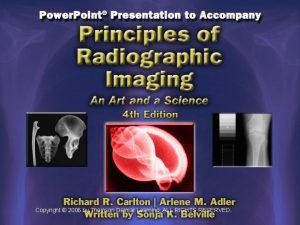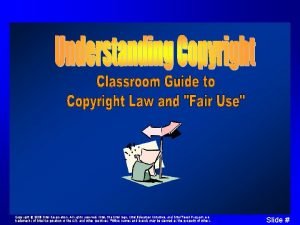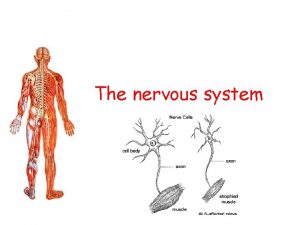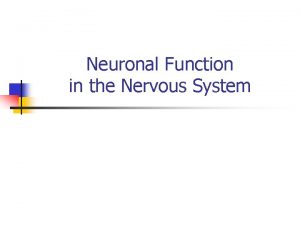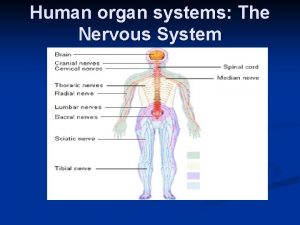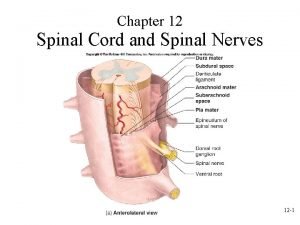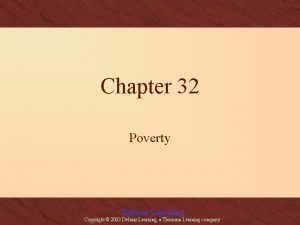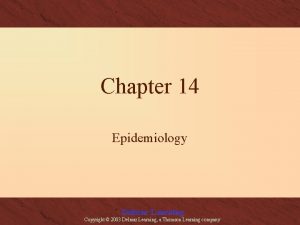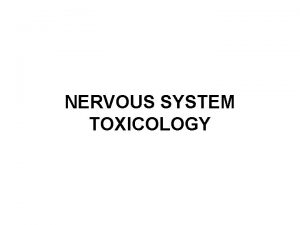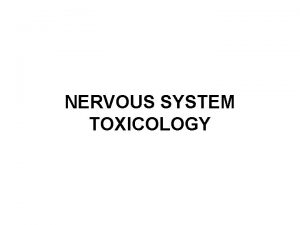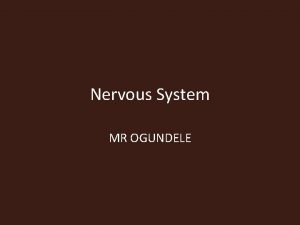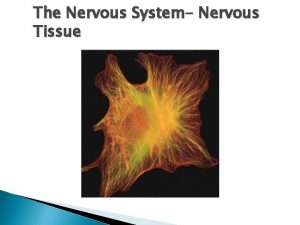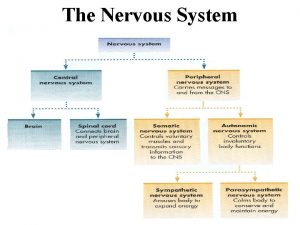Unit 43 Nervous System Copyright 2008 Delmar Learning
























- Slides: 24

Unit 43 Nervous System Copyright © 2008 Delmar Learning. All rights reserved.

Objectives • Spell and define terms. • State the location and functions of the organs of the nervous system. • List five diagnostic tests used to determine conditions of the nervous system. Copyright © 2008 Delmar Learning. All rights reserved.

Objectives • Describe fifteen common conditions of the nervous system. • Describe nursing assistant actions related to the care of patients with conditions of the nervous system. Copyright © 2008 Delmar Learning. All rights reserved.

Objectives • Explain the proper care, handling, and insertion of an artificial eye. • Explain the proper care, handling, and insertion of a hearing aid. Copyright © 2008 Delmar Learning. All rights reserved.

Structure and Function • Nervous system – Controls and coordinates all body activities, including the production of hormones • Special parts of the nervous system – Concerned with maintaining normal day-today functions Copyright © 2008 Delmar Learning. All rights reserved.

Structure and Function • Other parts act during emergency situations • Still others control voluntary activities Copyright © 2008 Delmar Learning. All rights reserved.

Structure and Function • Neurological conditions require highly specialized nursing care – You will assist with the less technical aspects of this care Copyright © 2008 Delmar Learning. All rights reserved.

Common Conditions • Nervous system usually remains healthy • Injury or disease to the brain, spinal cord, or nerves requires appropriate treatment Copyright © 2008 Delmar Learning. All rights reserved.

Cerebrovascular Accident • Cerebrovascular accident (CVA, stroke) • Occurs when blood flow to the brain is interrupted – Usually as a result of a blood clot blocking a vessel – Rupture of a blood vessel – Spilling blood into the brain Copyright © 2008 Delmar Learning. All rights reserved.

Cerebrovascular Accident • Hemiparesis (weakness) • Hemiplegia (paralysis) – Develop on the opposite side from the area of the brain where the stroke occurred Copyright © 2008 Delmar Learning. All rights reserved.

Cerebrovascular Accident • You will notice a difference when comparing both sides of the body – From head to foot • Refer to Figure 43 - 12 A and Figure 4312 B Copyright © 2008 Delmar Learning. All rights reserved.

Cerebrovascular Accident Copyright © 2008 Delmar Learning. All rights reserved.

Cerebrovascular Accident • Cerebrovascular accident – Leading cause of disability in the U. S. • Getting rapid treatment is essential – This prevents further damage to the brain Copyright © 2008 Delmar Learning. All rights reserved.

Cerebrovascular Accident • About 80 percent of strokes are ischemic – A clot blocks a blood vessel • About 15 percent are bleeding (hemorrhagic) – A vessel ruptures Copyright © 2008 Delmar Learning. All rights reserved.

Transient Ischemic Attack • A transient ischemic attack (TIA) – Temporary reduction of blood flow to the brain – Usually lasts 2 to 15 minutes • May last as long as 24 hours Copyright © 2008 Delmar Learning. All rights reserved.

Transient Ischemic Attack • Signs and symptoms are similar to those of strokes – Patient usually makes a complete recovery – Patient is at risk for stroke in the future – ABCD Stroke Scale helps predict stroke risk Copyright © 2008 Delmar Learning. All rights reserved.

ABCD Stroke Scale Factor Score Age over 60 Elevated blood pressure Weakness on one side of body and speech difficulty Weakness on one side of body only 1 1 2 1 (Continues) Copyright © 2008 Delmar Learning. All rights reserved.

ABCD Stroke Scale No symptoms 0 Duration more than 60 minutes Duration 10 to 59 minutes Duration less than 10 minutes Total 2 1 0 _______ (Continues) Copyright © 2008 Delmar Learning. All rights reserved.

ABCD Stroke Scale • Risk of stroke within seven days of a TIA: Score Risk 1 -3 0. 0% 4 1. 1% 5 12. 1% 6 31. 4% (Rothwell PM, Giles MF, Flossmann E, et al. A simple score (ABCD) to identify individuals at high early risk of stroke after transient ischemic attack. Lancet. 2005; 366: 29‑ 36. ) Copyright © 2008 Delmar Learning. All rights reserved.

Paralysis • Many neurologic conditions cause paralysis – Usually caused by a spinal cord injury in which sensation and function are lost or impaired below the level of injury. Copyright © 2008 Delmar Learning. All rights reserved.

Paralysis • Lesion – Alteration or change in tissue – Damage to the spinal cord Copyright © 2008 Delmar Learning. All rights reserved.

Paralysis • Terms used to describe paralysis are: – Diplegia • Paralysis affecting the same region on both sides of the body (such as both arms) – Hemiplegia • Paralysis on one entire side of the body (such as the arm and leg) Copyright © 2008 Delmar Learning. All rights reserved.

Paralysis • Terms used to describe paralysis are: – Monoplegia • Paralysis affecting one limb only – Paraplegia • Paralysis of the trunk (usually below the waist) and both legs Copyright © 2008 Delmar Learning. All rights reserved.

Paralysis • Terms used to describe paralysis are: – Quadriplegia • Paralysis of the trunk (usually below the neck), both arms, and both legs – Tetraplegia • Another term for quadriplegia • Use of this word is encouraged, instead of using quadriplegia Copyright © 2008 Delmar Learning. All rights reserved.
 Which neuron is rare
Which neuron is rare Nervous
Nervous Nerve cell processes
Nerve cell processes Delmar cengage learning medical terminology
Delmar cengage learning medical terminology 2009 delmar cengage learning
2009 delmar cengage learning Clinical conditions chapter 1 medical terminology
Clinical conditions chapter 1 medical terminology Measuring and recording apical pulse
Measuring and recording apical pulse Delmar thomson learning
Delmar thomson learning Chapter 6 the skeletal system answer key
Chapter 6 the skeletal system answer key Chapter 13 medical math assignment sheet cengage learning
Chapter 13 medical math assignment sheet cengage learning 2009 delmar cengage learning
2009 delmar cengage learning Delmar cengage learning instructor resources
Delmar cengage learning instructor resources 2008 2008
2008 2008 Copyright 2008
Copyright 2008 Copyright 2008
Copyright 2008 Copyright 2008
Copyright 2008 Copyright 2008
Copyright 2008 Pearson education inc publishing as pearson prentice hall
Pearson education inc publishing as pearson prentice hall Copyright 2008
Copyright 2008 Copyright 2008
Copyright 2008 Learning objectives of nervous system
Learning objectives of nervous system Nervous system learning objectives
Nervous system learning objectives Basic unit of nervous system
Basic unit of nervous system Homeostasis positive feedback examples
Homeostasis positive feedback examples Functional unit of nervous system
Functional unit of nervous system







